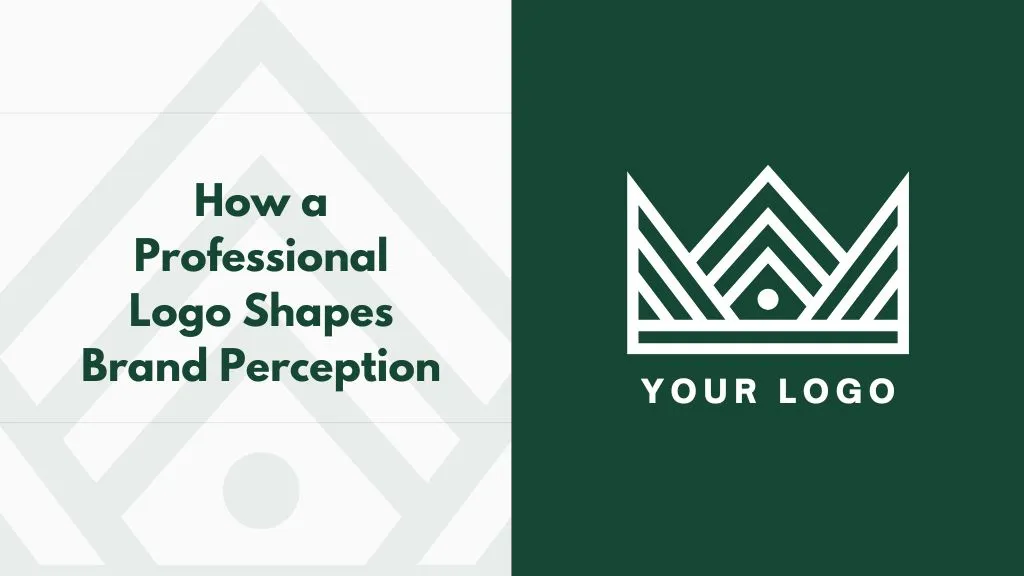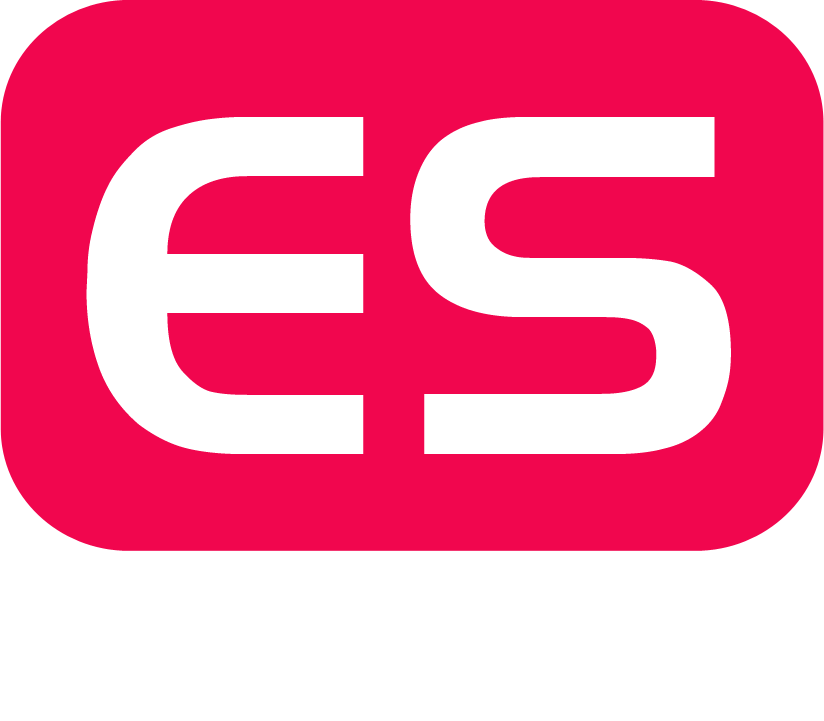Why Your Logo Isn’t “Just a Logo”
A logo is far more than a decorative stamp on your business card or website header. It’s the first, fastest brand signal most people will ever encounter. In a single glance, it communicates whether your company feels credible, modern, premium, friendly, or like something best avoided.
This snap judgment happens subconsciously and almost instantly. A professional logo doesn’t simply look better; it performs better. It shapes how people feel about your brand, how easily they remember you, and how willing they are to engage with and pay for what you offer.
1. First Impressions: Trust at a Glance
The moment a visitor sees your logo, their brain starts making decisions. Clean geometry, balanced spacing, and crisp rendering send a silent but powerful message: this brand is competent, detail-oriented, and trustworthy.
On the other hand, a sloppy or outdated design can plant doubt before a single word is read. If your logo feels amateurish, visitors are more likely to compare you against competitors or exit without taking action. A polished identity, by contrast, lowers that hesitation and creates a sense of security.
Consider two business software websites with the exact same features. One uses a refined wordmark and consistent favicon; the other feels hastily assembled. Even without consciously realizing it, prospects gravitate toward the first because it looks “enterprise-ready.” The second feels like a side project. The choice of which one gets the demo request becomes obvious.
2. Personality: Your Visual Elevator Pitch
Every design choice in your logo—typography, shape, spacing, color—affects how your brand’s personality is perceived. Serif typefaces often communicate tradition, reliability, and authority, while sans-serif fonts give off a more modern, clean, and tech-savvy impression. Rounded letterforms feel friendlier and more approachable, while sharp angles suggest precision and high performance.
Spacing also plays a role. Generous whitespace feels confident and deliberate, while cramped layouts can signal budget constraints or a lack of refinement. Even motion matters: a subtle animation in digital contexts can convey innovation, whereas jittery or overly flashy effects may feel gimmicky.
Before finalizing a logo, define your core brand attributes—words like “innovative,” “reliable,” “approachable”—and use them as a lens for evaluation. The goal is for every design element to align with these traits, rather than relying solely on personal taste.
3. Recognition: Turning a Logo into a Memory Shortcut
A strong logo acts like a mental shortcut for your audience. The more distinctive and simple the design, the more likely it will be remembered after only a few interactions. Over time, repeated exposure across multiple touchpoints—your website, invoices, app icon, LinkedIn banner - cements that memory.
This is why some of the most iconic brands rely on uncomplicated silhouettes or a single recognizable twist. A memorable logo might feature a hidden arrow, a unique letter cut, or an unexpected symmetry—something small but distinctive enough to “stick” in someone’s mind.
When designing, think about scale: your logo should be just as effective on a tiny 24-pixel favicon as it is on a conference banner.
4. Perceived Value: The Halo Effect
Humans instinctively associate high-quality visuals with high-quality products and services. This phenomenon, known as the “halo effect,” means that the professionalism of your logo directly influences how people view everything else you do.
If your logo looks premium, potential clients are more willing to pay premium prices. They’re also more likely to forgive small mistakes, recommend you to others, and even become long-term advocates for your brand. A professional logo builds brand equity—an asset that works quietly in the background to increase trust and lower the cost of acquiring new customers.
5. Consistency: From Logo to Brand System
A professional logo isn’t an isolated image—it’s the anchor of an entire identity system. This includes your color palette, typography hierarchy, and usage rules for everything from email signatures to social media avatars.
When visuals are consistent across all customer touchpoints, they create a feeling of stability and professionalism. Inconsistency, on the other hand, different shades of your main color, mismatched logo placements, or off-brand fonts, register subconsciously as sloppiness, even if your service quality is excellent.
This systemization makes scaling your brand much easier. Whether you’re launching a Shopify store, designing a CRM interface, or updating your WordPress theme, every piece will feel connected and deliberate.
6. Driving Conversions Through Design
A well-designed logo isn’t just an ornament—it plays a direct role in conversion rates. Clear, confident branding at the top of a website encourages users to explore further. On checkout pages or proposal documents, a strong, consistent logo reinforces legitimacy and reduces buyer hesitation.
Even in paid advertising, a recognizable, simple logo can boost click-through rates, especially in crowded social feeds where every pixel counts. Over time, this translates to measurable business impact: shorter sales cycles, higher customer trust, and better marketing ROI.
Avoiding Common Logo Pitfalls
Many businesses fall into the trap of overcomplicating their logos—adding tiny details that disappear at small sizes, relying on random colors without accessibility in mind, or using generic stock icons that make them blend in with competitors.
A professional approach keeps the design adaptable. There should be a one-color version for uses like stamps or embroidery, and the final delivery should include a complete asset kit: SVG, PNG, PDF, and EPS formats at multiple sizes, along with a simple brand guide that explains usage.
From Idea to Implementation
Creating a great logo is a process, not a lucky guess. It starts with understanding your audience, values, and competitive landscape. From there, design directions are explored in black-and-white first (to focus on form), then color and motion are layered in.
Testing is essential: how does the logo look on a mobile header? As a social media avatar? Against a dark background? On a printed invoice? Refinement continues until the mark works in every realistic use case.
Once finalized, the rollout should be deliberate—update your website, CRM templates, email signatures, and marketing materials at the same time to avoid brand confusion.
Measuring the ROI
The impact of a professional logo can be measured. Businesses that invest in their identity often see higher conversion rates on landing pages, better click-through rates on ads, lower customer acquisition costs, and even faster sales cycles. While these results are influenced by multiple factors, the logo is often the silent force that sets the tone for trust and engagement.
Final Thought: A professional logo isn’t an expense—it’s an investment in how your brand is seen, remembered, and valued. It’s the visual handshake that opens the door to every interaction that follows.



